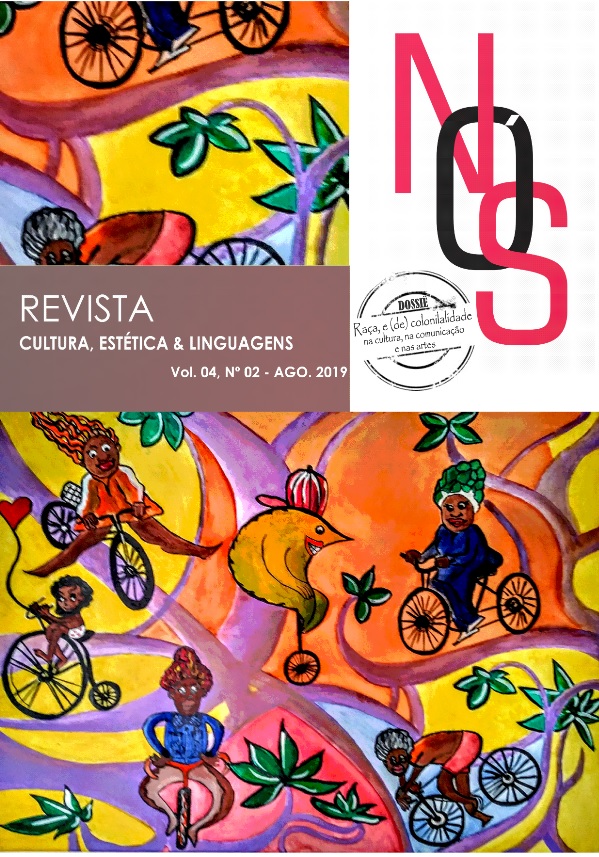THE HOUSE OF BLACK AND WHITE: IDENTITIES OF COLOR AND POWER RELATIONS IN THE GAME OF THRONES
DOI:
https://doi.org/10.32411/revistanos-2448-1793-v4n2-9513Palavras-chave:
Whiteness, Popular culture, Game of thrones, Orientalism, HegemonyResumo
This article analyzes the representations of non-white identities in an HBO’s fantasy show “Game of Thrones” (GOT). By specifically focusing on hegemonic relations between white characters and characters of color, the research scrutinizes the rhetorical strategies through which non-whiteness is enacted in relation to white “natives” of the “Westeros.” Authors show that the GOT employs orientalist discourse in constructing the world of Westeros and contrasts it with the exotic lands of Essos. Westeros is rich, white and located in the western hemisphere, while Essos is a scorched and mysterious land located in the East. By associating the show’s major characters with Westeros and the casting of white actors, viewers are encouraged to identify with their complex struggles and to embrace their intricate characterizations. On the other hand, Essos’ characters of color typically include marginalized characters such as slaves, servants, and pirates. Their story arcs are glazed over and their characterization serves not to enhance the narrative but to emphasize the uniqueness of a superior cultural entity, i.e. Westeros. The essay discusses the implications in which GOT perpetuates long-established relations in a re-imagined system of power, which its writers and audiences have identified as female progressive and noted for its narrative complexity.
Downloads
Publicado
Edição
Seção
Licença
Rever a licença e rever copyright


